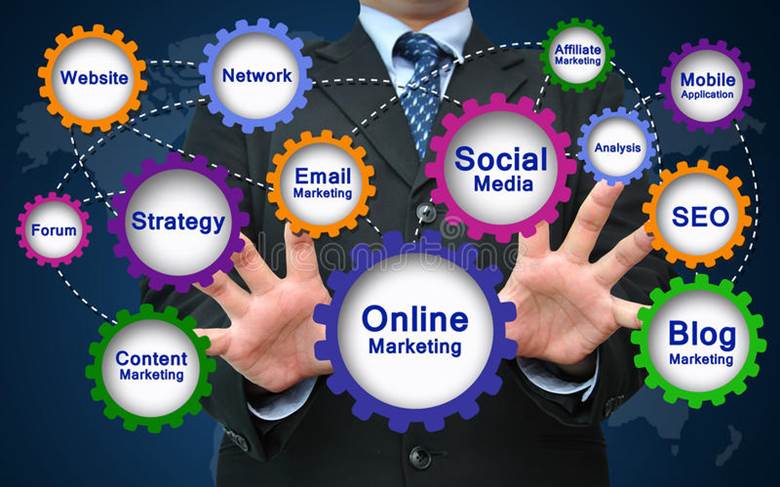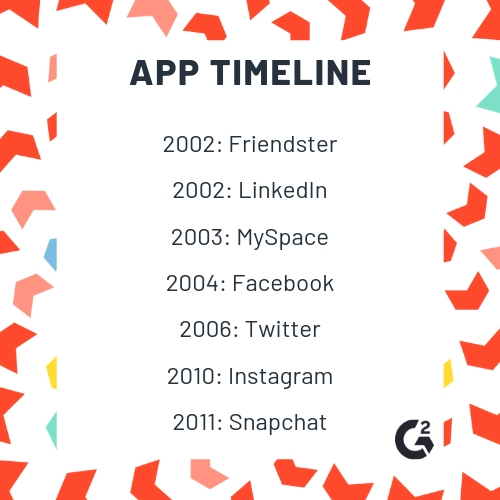Contact Numbers
033 4007 19919903995949
7044747141
Emails
Institute.imcfts@gmail.cominstitute@imcftsmedia.com
imcfts@rediffmail.com
ADMISSION OPEN TO NEW CAMPUS
AT CHAKDAHA , NADIA, W.BENGAL
(Opposite State Hospital)
Syllabus
COURSE DETAILS OF MEDIA APPLICATION FOR ONE YEAR

IN ASSOCIATION WITH 
The Diploma in Media Application syllabus is created in such a way that it allows the candidates to improve their interpersonal skills, creative thinking, which can help them during interview sessions. The course includes tools of communication from Google for Education (Free) as required.
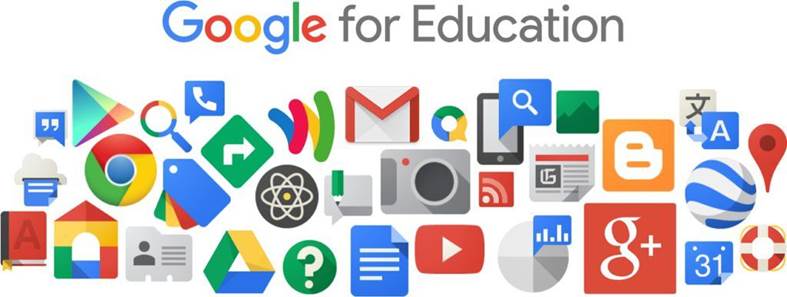
COURSE FEE FOR MEDIA APPLICATION
Admission fee |
Rs. 8000/-* |
Session fee (3000+3000=6000/-) |
Rs. 6000/-* |
Development fee |
Rs. 3500/-* |
Course fee (12months) (2200X12=26400) |
Rs. 26400/- |
Library & Lab fee |
Rs. 1500/-* |
**University Registration fee |
Rs. 2640/- |
**University Affiliation fee |
Rs. 3000/- |
Total course fee |
Rs. 51040/- |
| The total course fees for one year-51040/- | |
Media are the communication outlets or tools used to store and deliver information or data related to mass communication.
What is Communication?
Communication is the process of transmitting information from one person to another. It is the act of sharing of ideas, facts, opinions, thoughts, messages or emotions to other people, in and out the organisation, with the use of the channel to create mutual understanding and confidence.
It is not tied to words, i.e. whether an individual speaks or not, the message is automatically conveyed to the other party. Besides words, communication can take place through symbols, letters, actions, expressions, etc.
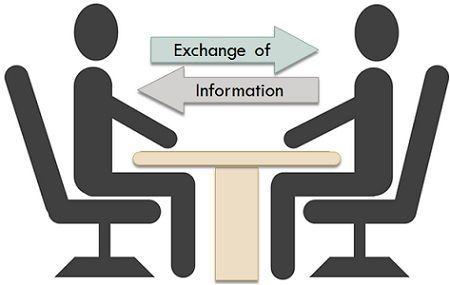
Elements of Communication
Communication is a two way process, wherein interchange of message connects the sender and receiver, towards an agreed direction, consisting seven elements:
- Sender: Otherwise known as a source, it is the person who has something to pass on, to another individual.
- Encoding: The sender of the message selects appropriate words or non-verbal techniques to convert the idea into the message, which is called as encoding.
- Message: Message implies something that the sender wants to communicate, to the receiver. Without a message, no communication is possible.
- Medium: Medium alludes to the channel or mode, through which message is communicated to the receiver, i.e. it can be sent by way of electronic word processing system, graphic, symbol, etc.
- Receiver: The one to whom the message is directed, is called receiver. He/she notices and conveys some meaning to the message.
- Decoding: The act of interpreting message by the receiver, is termed as decoding. The receiver’s outlook, experience, and attitude play a vital role in decoding message.
- Feedback: The process of communication can never be completed, if the response of the receiver is missing. It enables the communicator of a message to know whether the message has been received and interpreted in the same manner as directed.
All the seven elements of communication has a great role to play in the entire process, as there can be some deformation between the intended message and the received one.
Forms of communication
- Formal Communication: Alternatively known as official communication, it passes through predefined channels which all the members of the organisation are bound to follow. In every organisation, a corporate ladder is established, through which communication flows, which can be:
- Downward: Superior to subordinate
- Upward: Subordinate to superior
- Horizontal: Between employees of the same level, but different areas of responsibility (department).
- Diagonal: Between employees of different levels and department.
- Informal Communication: The form of communication which grows spontaneously out of personal or social needs, among members of the organization, called as grapevine or informal communication. It is a secondary network of information in an organisation, which can be:
- Single strand chain
- Gossip chain
- Probability chain
- Cluster chain
Informal communication is the fastest form of communication, that rapidly transmits information to various members of the organisation. Further, the response of the members can also be obtained quickly.
Modes of Communication
- Verbal Communication: Communication, in which words (spoken or written) are used to transmit information is called verbal communication. It can be done in two ways:
- Oral communication: E.g. Face to face conversation, telephonic conversation, lectures, speeches, conferences, etc.
- Written communication: E.g. Letters, emails, newsletters, SMS, etc.
- Non-verbal Communication: The communication between parties in which words are not used as a means for interchanging message, i.e. except words, other means are used like sounds, symbols, actions and expressions. Communication takes place non-verbally through:
- Body language, E.g. Gestures, postures, body movements, etc.
- Paralanguage, E.g. Pitch variation, tone, speaking speed, word stress, etc.
- Sign language E.g. Hand movement, facial expressions, etc.
- Time language E.g. time used to communicate our message.
- Space language, E.g. Space maintained between the parties to communication, during the conversation.
Communication is the spine of the organization that without it no organisation can survive and operate effectively, towards attaining its goals. It is the primary means, by which organisational members work together. Further, it ties all the members of an organisation in a single thread and let them respond to and influence each other.
Related Terms:
- Verbal Communication
- Communication Process
- Non-Verbal Communication
- 7 C’s of Communication
- Effective Communication
Paper 2. A brief History of Communication
The history of communication itself can be traced back since the origin of speech circa 100,000 BCE. The use of technology in communication may be considered since the first use of symbols about 30,000 years BCE.
A Brief History of Communication and Innovations that Changed the Game
The complete history of communication is important but extensive. This brief guide to the history of communication will break down the key tools, advancements, and innovations that changed the game.
Want to learn about communication during a specific time period? Feel free to skip ahead:
If not, let’s start at the best place: the beginning.
Ancient communication
Ancient man was forced to be creative with communication and keep it consistent to maintain a common understanding. When speech originated around 500,000 BCE, communication was changed, but the system was not perfect and needed assistance.
While verbal communication was used in ancient times, symbols and images were still used to portray information. The earliest proven form of this is cave paintings. These images usually included scenes of hunting wild animals or stencils of human hands.
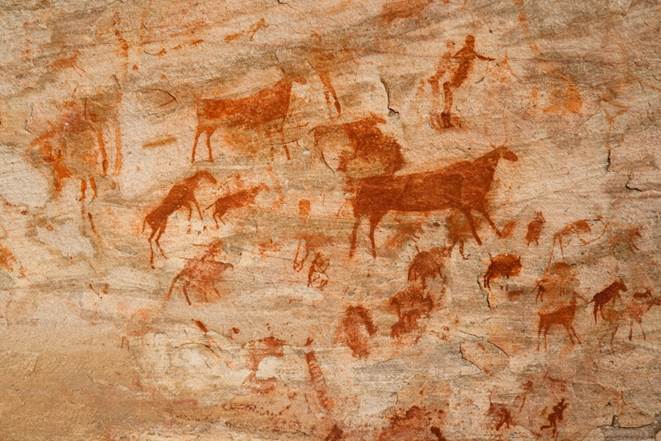
Communication for ancient man became more complex as variations of cave paintings evolved into pictograms. Pictograms are images that represent a simple place or object. Later, ideograms were created and used to communicate concepts.
People during ancient times can often be depicted as savage and unintelligent, but the opposite is true. The communication crafted during this period moved from simple drawings of people and animals to visual communication that could express entire ideas with one symbol. Their brain power fueled the original use of all types of communication that evolved into the channels we use today.
While communication saw a lot of advancements during ancient times, that was only the beginning.
Want to learn more about Internal Communications Software? Explore Internal Communications products.
15th and 16th century communication
Communication saw new developments between ancient times and the 15th century. But if we dove into all of that, our entire history would be reading or writing about communication’s history. While it is interesting, we’ve all got things to do. So I’ll keep it brief: For the most part, communication before the 15th century included verbal communication and limited written communication. People spoke to each other and wrote handwritten notes for an individual or a group.
This all changed after the printing press was invented. The Bi Sheng and Wang Chen dynasties in China invented the first printing press in the 1300s, removing the need to hand write all paper messages. About 150 years later, Johannes Gutenberg of Germany crafted a modernized version of the printing press that was able to mass produce printed materials.
 Image courtesy of Museums Victoria Collection
Image courtesy of Museums Victoria Collection
Gutenberg’s version of the printing press started the period known as the Printing Revolution.
Printing presses were found in cities all across Europe and were used to print large amounts of materials that were meant for widespread distribution. Written and printed materials became all the rage, leading to even more innovations to create, duplicate and circulate it.
The invention of the printing press gave people the ability to conveniently produce large amounts of written material, but more importantly, it supported the flow of information among people. That is the true purpose of communication: sending and receiving messages. And eventually, that also became possible.
17th century communication
The continued popularity of written communication caused the Printing Revolution to spill into the 17th century. Scientists were still publishing their discoveries and authors continued to tell stories, but at the same time, a lot was happening in the world.
War, famine, and domination became regular concerns of 17th century people. Mentions of these events stirred up a lot of curiosity among people that were out of the geographical loop. In 1690, the newspaper was invented to accommodate those people. Cities all over the world got into the habit of publishing a newspaper with local and international news to keep people informed.
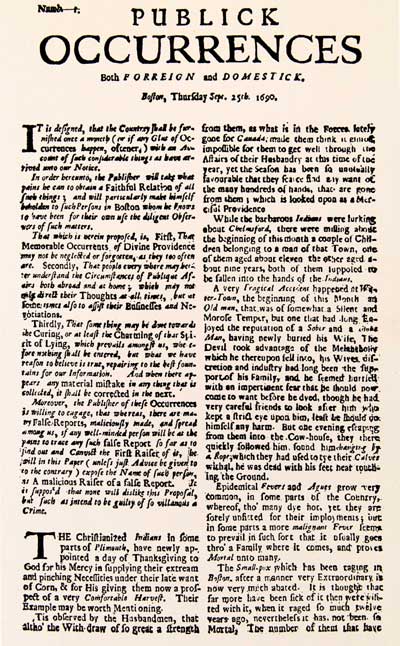 Image courtesy of The Colonial Williamsburg Foundation
Image courtesy of The Colonial Williamsburg Foundation
Before the 17th century, information was known and recorded, but options to release it were limited. With newspapers acting as a primary source of information, communication in the 17th century began to reflect the modern day communication model of sender and receiver.
18th century communication
In the 18th century, the public postal system was established. Letters were sent before this time period, but the system was flawed and inefficient. Delivery could take months, and even when the mail did reach its destination, it was left at a random public place.
Benjamin Franklin’s involvement in the U.S. postal system made the delivery of mail more productive. Routes were established to boost efficiency, post offices were created to keep drop off and pick up locations consistent, and costs were set in place to make the business profitable.
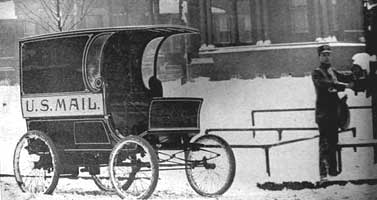 Image courtesy of the Smithsonian National Postal Museum
Image courtesy of the Smithsonian National Postal Museum
The remodeling of the postal service allowed the sender and receiver communication model to cater to personal information. Sure, a newspaper can tell you about the health of the economy, but a timely letter from an old friend will make you smile.
19th century communication
As the 19th century came around, the great minds working towards improving communication took a large step. Electricity was incorporated into communication channels, coining the term telecommunications.
Telecommunications is the sending and receiving of information using electronic means. This can include wire, radio, or any other electromagnetic device. The combination of electricity and communication sparked the beginning of a long wave of innovations.
The first of these inventions was the electric telegraph in 1831 by a man named Joseph Henry. This type of telegraph allowed messages to be sent and received over long distances. It contributed to the productivity of distributing news and communicating internally for businesses.
The popularity of the electric telegraph was still at its peak when Alexander Graham Bell invented the telephone in 1876. The telephone allowed two people to communicate verbally with devices that converted the sound, as opposed to speaking face to face.
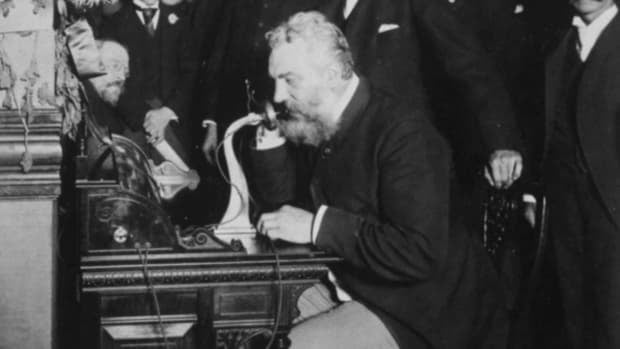 Image courtesy of A+E Networks
Image courtesy of A+E Networks
Telecommunications provided people with a way to make long distance written and verbal communication personal. Distance became less of a problem for people who wanted to communicate verbally, increasing the flow of information.
20th century communication
The 20th century was a busy time for communication.
Radio and television became a great source of information in the early 1900s. Not only did they provide musical entertainment, but they also delivered news, sports, and weather to listeners.
This is where it starts to get even busier.
The telephone became mobile in 1981, but the word mobile is used loosely here. The first versions of the mobile telephone were not intended to be carried around on your person like they are now. They were heavy duty pieces of equipment that were usually only found in cars and trains.
Once the mobile phone became pocket-friendly in the 1990s, more people were inclined to buy them. Phone companies started selling pay as you go plans and other phone contracts, fueling the industry. Also, a new form of written communication was created. We know it today as text messaging.
Advancements in the phone industry were just the beginning. Communication continued to surprise the world, thanks to two things: the computer and the Internet.
The computer was invented towards the beginning of the 20th century, but the features for communication were not created until the mid to late 1900s. In 1965, online written communication expanded into email, completely changing the game. To make it even more enticing for users, these systems soon adapted the means to share entire files or photographs.
Related: Learn more about how far we've come with the history of computers and how they have advanced communication further than we could have ever imagined. |
Then, after the personal computer (PC) was introduced in the 70s, computer systems slowly became a common household tool, especially for communication. The combination of a PC and the Internet made written communication fast, easy, and convenient.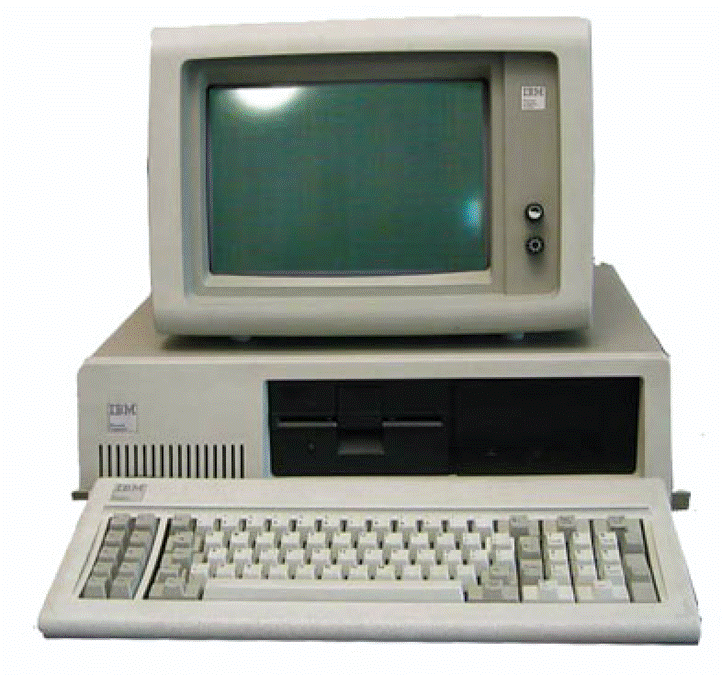 Image courtesy of Day in Tech History
Image courtesy of Day in Tech History
After reading that, we all know that email and PCs were just the beginning of the most important innovations in communication. But these origins can’t be forgotten. Every communication tool used today was somehow influenced by simple ones from the long and never-ending history of communication.
21st century communication
Now for the big one: 21st century communication. When thinking of modern day communication, keeping the idea of the Information Age in mind is important. The Information Age is characterized as the economic transition from industry to information technology. Simply put, everything is digital and knowledge has never been more powerful. People want information, and the best way to get it is through communication tools.
It’s no surprise that as communication got faster, the human race became more impatient with it. Communication of the 21st century kept up with these “needs” by creating even more tools and increasing the efficiency of existing ones.
Video conferencing software is a perfect example of communication technology accommodating to the fast-paced Information Age. People no longer had to be in the same place for “face to face” communication. This was a huge development for people and businesses who frequently communicate from long distances.
Another dominator of 21st century communication tools is social media. Social media websites are online communication and networking tools where people can connect and share ideas. The different social media sites were released quickly and with little time in between. Here is a little timeline to show when and how rapidly they emerged into the communication industry.
What are the tools and media of communication?

communication. These tools include mail, email, telephones, cell phones, smartphones, computers, video and web conferencing tools, social networking, as well as online collaboration and productivity platforms. A wide variety of communication tools are used for external and internal
Advertising
 flashbak.com
flashbak.com
Description
Advertising is the practice and techniques employed to bring attention to a product or service. Advertising aims to put a product or service in the spotlight in hopes of drawing it attention from consumers. Wikipedia
advertising
The greatest advantage of this mode is that it can be paid and unpaid, both. Advertising has a wide reach and great for small-scale companies or start-ups that ... source that draws attention to ideas, goods, services
or source that draws attention to ideas, goods, services or the sponsor itself- ...
Television
 t3.gstatic.com
t3.gstatic.com
Description
Television is a telecommunication medium for transmitting moving images and sound. The term can refer to a television set, or the medium of television transmission. Television is a mass medium for advertising, entertainment, news, and sports. Wikipedia
Video

t3.gstatic.com
Description
Video is an electronic medium for the recording, copying, playback, broadcasting, and display of moving visual media. Video was first developed for mechanical television systems, which were quickly replaced by cathode-ray tube systems which, in turn, were replaced by flat panel displays of several types.
Internet
 en.wikipedia.org
en.wikipedia.org
Description
The Internet is the global system of interconnected computer networks that uses the Internet protocol suite to communicate between networks and devices. Wikipedia
ANY MORE WITH THE ADVANCEMENT OF TECHNOLOGY
These social media websites included tools for people to share personal content with either an individual or a group in a formal or informal way.
Texting caused a domino effect of new mobile phone features, as well as improvements in existing ones. In 2003, Internet capabilities were added to mobile phones. This. Was. Huge. People started carrying little computers in their pockets, and the smartphone was well on its way to changing the game even further.
Speaking of smartphones, they showed up less than five years later. And along with smartphones came a multi-billion dollar industry: apps. Apps condensed different websites and made them more mobile phone friendly.
I’m sure you’ve heard the phrase, “There’s an app for that.” And there probably is. While there are plenty of apps that don’t directly contribute to communicating information, there are also plenty that do. News outlets, social media websites, and search engines have all provided users with apps, allowing for mobile-friendly mass and personal communication.
The importance of information in the 21st century was fueled by advancements in technology and communication. The art of providing tools for personal, professional and widespread communication was mastered. What a time to be alive!
That’s all folks… for now
Well, there you have it: the history of communication in a nutshell. As the human race progressed and modernized so did human communication. And as information became more valuable, the methods being used to send it became more of a priority. Communication has come a long way, and it’s only getting better. Take some time to dive deeper and learn more about communication theory.
Timeless communication tips
Communication has an extensive history, but to be an effective communicator in the modern world, use these etiquette tips to be heard -- without being offensive.
CHAPTER II
Paper 1- INTERNET A REVOLUTION IN COMMUNICATION
January 1, 1983 is considered the official birthday of the Internet. Prior to this, the various computer networks did not have a standard way to communicate with each other. A new communications protocol was established called Transfer Control Protocol/Internetwork Protocol (TCP/IP).
What has happened with the advent of Internet?
Many people will agree that the advent of the internet has made it possible to spread information faster and in larger quantities. One of the things to thank for is the popularity of social media platforms. People can obtain information on virtually any topic in just seconds by using search engines such as Google.19-Apr-2022
Paper 2 What is the role of the internet in communication?
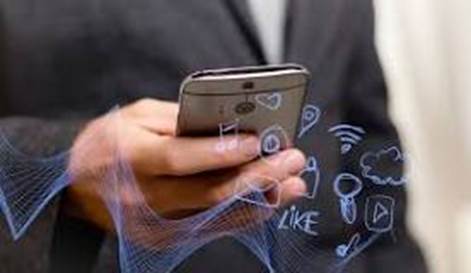
The importance of Internet – communication and information
The Internet has ensured that people can communicate with each other in an easy and inexpensive way, no matter where in the world they are. People can explore and share ideas, and maintain social connections and networks.
Paper 3 The importance of the Internet: communication and information
In this article we look at the importance of the Internet. For many people, a fast Internet connection has become a basic provision, just like water, electricity and a paved road. Internet is important for people, but also for business. Without it a house or company will no longer be able to meet the requirements imposed on our society and economy. In this article we discuss the general importance of the Internet.
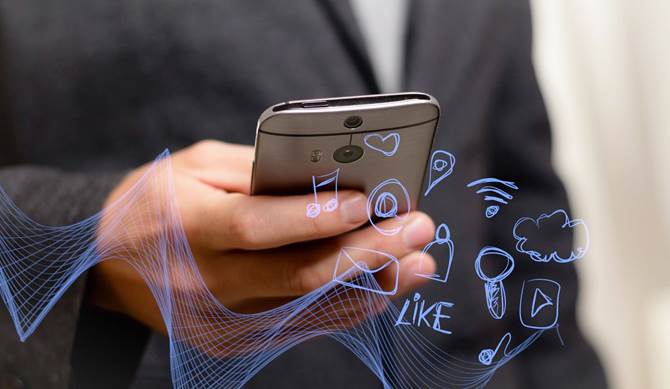
The importance of Internet – communication and information
The Internet has ensured that people can communicate with each other in an easy and inexpensive way, no matter where in the world they are. People can explore and share ideas, and maintain social connections and networks. Social interactions can be invaluable for the development and strengthening of self-confidence and social skills. The Internet can help people develop their interests and find other people with the same interests.
It can also help broaden their horizons by introducing new ideas. The Internet has made it considerably easier to gather and distribute information in all forms. The broad and immediate availability of this makes it possible for everyone to improve their knowledge. In addition, people can put new theories or ideas online without the need for a paper publisher.
The importance of the Internet – social benefit
The Internet has enormous potential to achieve the right of freedom of expression and the right to information. The Internet can offer an accessible and powerful toolkit for emphasizing and responding to problems and causes. The Internet can be used to organize activities, events or groups to express problems and opinions and make a wider audience aware of them.
The importance of Internet – livability and sustainability
The Internet also makes it possible for companies to offer products and services at home and abroad, and to advertise them cheaply and on a large scale. In any case, the Internet can improve trade and economy. If developing countries could bridge the gap in Internet penetration, they would see a big increase in GDP growth and productivity, and improvement of health status and educational opportunities.
The possibilities concern all aspects of livability and sustainability. The Internet offers opportunities for working from home, the number of miles driven can be limited, and it contributes to pleasant living. This makes the balance between work and private life more flexible. Internet stimulates the economic development of rural areas and increases the value of homes and offices.
This article is part of a series.
You might also like these articles:
What is a smart city: An introduction
What is a smart city: An introduction - 3Bplus
What are serious games: An introduction
What are serious games: An introduction - 3Bplus
What is the IoT (Internet of Things): An introduction
What is the IoT (Internet of Things): An introduction - 3Bplus
How do smart devices work: sensors, IoT, Big Data and AI
How do smart devices work: sensors, IoT, Big Data and AI - 3Bplus





Grow and run your business more efficiently
Google Workspace





Google Cloud Platform
Google Cloud Platform (GCP), offered by Google, is a suite of cloud computing services that runs on the same infrastructure that Google uses internally for its end-user products, such as Google Search, Gmail, Google Drive, and YouTube.
Practical Exercises:
Digital Marketing & E-commerce Professional Certificate
Beginner level
- 6 months duration
- Prepare for a degree
What you'll learn
- Learn the fundamentals of digital marketing and e-commerce to gain the skills needed to land an entry-level job
- Attract and engage customers through digital marketing channels like search and email
- Measure marketing performance through analytics and present insights
- Build e-commerce stores, analyze online performance, and grow customer loyalty
Skills you'll gain
Marketing, E-Commerce
E-Commerce, Display advertising, Email Marketing Email Marketing, Search Engine Optimization (SEO)
Prepare yourself for a career in Digital Marketing
- Receive professional-level training
- Demonstrate your proficiency in portfolio-ready projects
- Earn an employer-recognized certificate
- Qualify for in-demand job titles: Marketing Coordinator, E-commerce Associate, Paid Search Specialist
Search Engine Optimization (SEO) Specialization (Fundamental)
(Become an SEO Expert. Master search engine optimization tools and strategies)
- Beginner level
- Duration: 6 months
What you'll learn
- Complete a competitive analysis on a webpage
- Develop a solid approach for achieving a productive and successful relationship with your client
- Create influencer relationships and collaborations and analyze data to see which content gets the most shares
- Create a final report of your findings and recommendations for SEO and present your recommendations to your client
Registration Fee Rs. 5000/- only (Payable at the time of admission).
Development Fee Rs 4000/- only (Payable at the time of admission).
Affiliation Fee Rs. 2000/- only (Payable at the time of admission).
Course Fee Rs. 54, 915/- only (Payable in four installments).
**Terms and Conditions applied.
Contact us @ 9903995949
Mail ID: enquiry.imcfts@gmail.com
Website: www.imcfts.com






